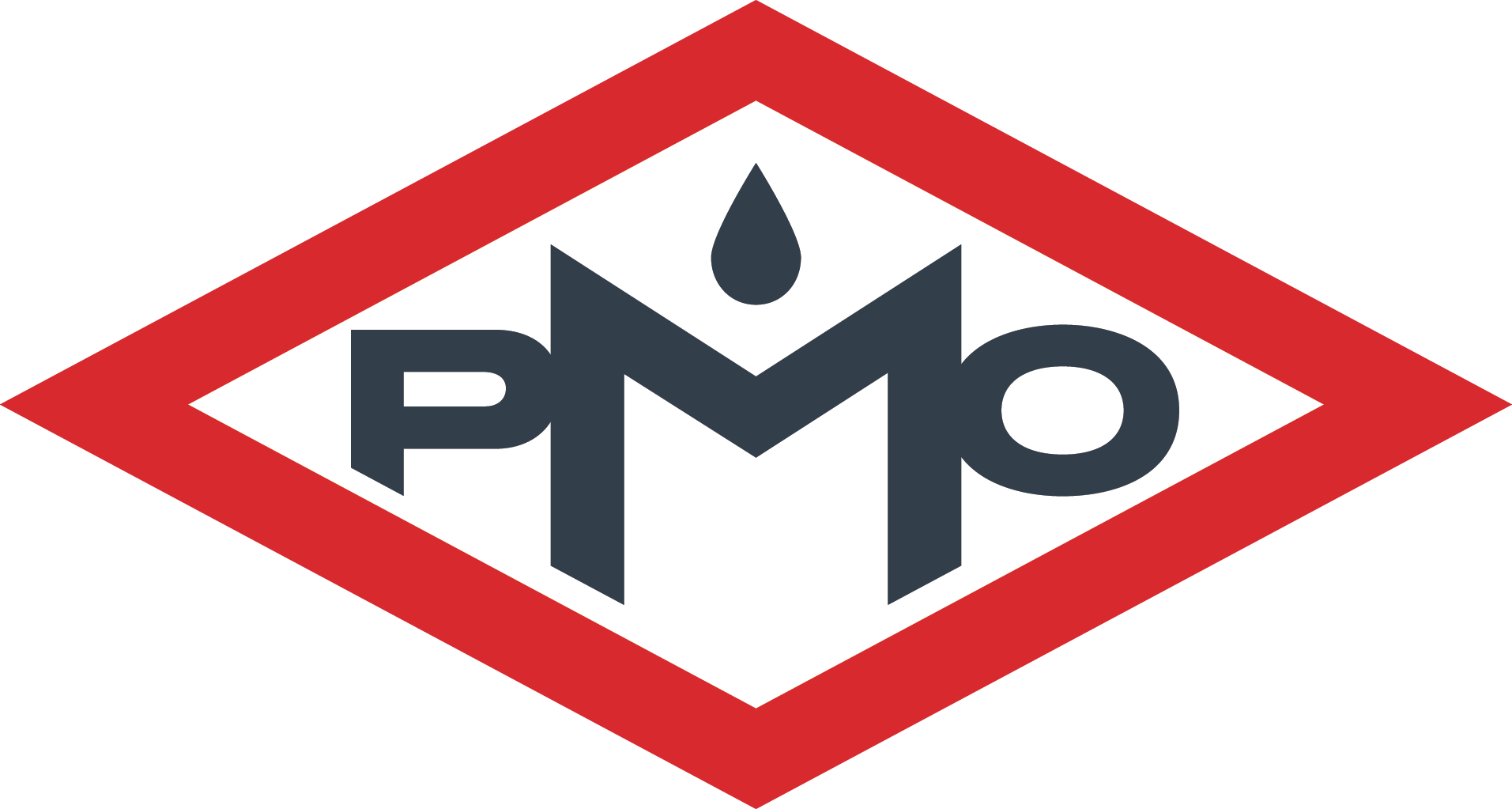5 Locations Ideal for Emergency Fuel Stations
When a natural disaster strikes, resources become important for local communities. Vehicles and generators often need extra fuel, and oil companies can help set up emergency stations to provide the fuel. One of the main decisions to make when setting up an emergency fuel station is selecting the location.
A proper location is crucial for fuel services. Consider the following five locations for fuel stations and learn about the benefits found in each location.
1. Schools
Local schools often become a central hub during a major disaster. A school could serve as a place to serve resources like food and bottled water. Schools are often located centrally in a town and have a lot of parking options for people who need emergency fuel services.
Fuel trucks can park at the school and use certain driveways as an easy looping system for people to get gas and keep the flow of traffic moving smoothly. In this situation, you can easily advertise the services to local town members.
2. Mall Parking Lots
Shopping malls provide an ideal location to control traffic and large lines of cars that seek fuel needs during a disaster - the mall itself may have become a temporary shelter. A mall could include multiple sides and parking lots. Dedicate one side of the mall parking lot to the fuel relief station. This will leave other areas dedicated to other forms of relief like water stations.
3. Grocery Stores
Similar to malls, a grocery store provides a large lot and easy access for citizens. The grocery store itself may also rely on emergency fuel services to keep generators running and ensure food is kept safe and protected. If a town has multiple grocery stores, then each one can become a fueling station.
Some emergency fuel stations may offer different types of fuel. For example, one could feature traditional gasoline while another features diesel. Different generators require different fuels and keeping each fuel separate will help with relief organization efforts. You do not want people to spend time waiting in line with wrong fuel options.
4. Sports Fields
Sports fields have many benefits for the storage tanks. In some cases, the disaster relief is needed for extended amounts of time. Along with trucks that deliver extra fuel, a location can house a temporary storage tank for excess fuel. The tanks provide extra fuel access and can run operations for longer periods of time.
Fields usually contain large parking lots and the flat conditions of a soccer field or baseball field can properly hold a storage tank. Like other locations, sports fields are typically easy to locate and centralized in many towns. When you choose a sports field, you will limit traffic around other public areas like hospitals and other emergency services.
5. Commuter Lots
Emergency fuel services can find an easy access point at commuter lots. Easy access is important as natural disasters could make road travel dangerous in certain areas. Commuter lots are often located just off highway exits. Not only can fuel trucks access the lots, but town citizens can as well and the large size of the lots will help with organization.
Highways are often one of the easiest roadways to clear off after a disaster and people could have a direct path to each commuter lot. Lots are often big enough to split up fuel sources and create easy access areas for multiple types of fuel and car access.
For more information on fuel delivery services, contact us at
Paul Murray Oil. Preparation is key to the aftermath of a natural disaster. The earlier you contact us and set up an emergency plan, the easier it will be to implement the plan when the time comes.
